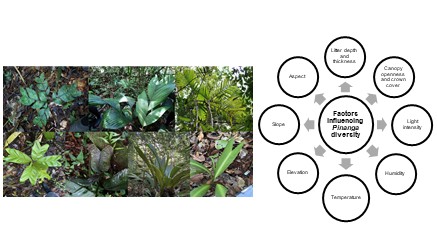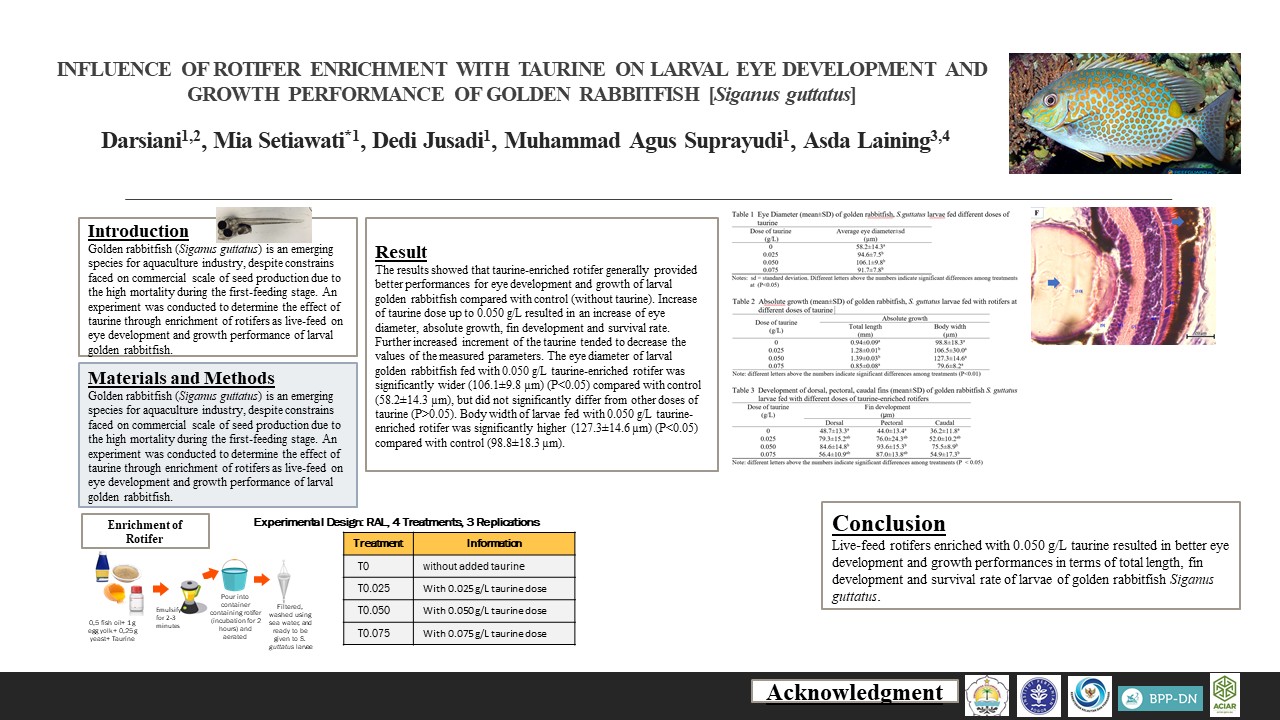SEED GERMINATION OF Avicennia marina (Forsk.) Vierh. BY PERICARP REMOVAL TREATMENT
Downloads
Avicennia marina is one species used for building coastal ecosystem stabilization in Surabaya shores because of its tolerance to high salinity level and resistance to wave energy. Their existence is threatened by various factors i.e. land conversion, pollution and interisland bridge existence.  Growth of A. marina is currently limited by seed dormancy. In an effort to increase propagation efficiency, seed viability and vigor were compared based on collection dates and pericarp removal methods. The results showed no relationship between salinity levels of soaking water or seed buoyancy and seed viability or seed vigor. Collection dates may influence seed viability and vigor. Seeds collected in October and November germinated more quickly than those collected in December, although there were no differences in total germination. Hand-peeled seeds germinated more slowly than soaked seeds for all collections, but with no differences in total germination. Seeds collected in October and November grew more vigorously than those collected in December.
Downloads
Authors who publish with this journal agree with the following terms:
- Authors retain copyright and grant the journal right of first publication, with the work 1 year after publication simultaneously licensed under a Creative Commons attribution-noncommerical-noderivates 4.0 International License that allows others to share, copy and redistribute the work in any medium or format, but only where the use is for non-commercial purposes and an acknowledgement of the work's authorship and initial publication in this journal is mentioned.
- Authors are able to enter into separate, additional contractual arrangements for the non-exclusive distribution of the journal's published version of the work (e.g., post it to an institutional repository or publish it in a book), with an acknowledgement of its initial publication in this journal.
- Authors are permitted and encouraged to post their work online (e.g., in institutional repositories or on their website) prior to and during the submission process, as it can lead to productive exchanges, as well as earlier and greater citation of published work (See The Effect of Open Access).


























